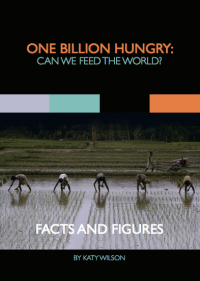This week’s summary on the news stories, reports and blogs that have grabbed our attention. We welcome your thoughts and comments on these articles
Growing Pains, The Economist
Global Food Security by the Numbers, The Chicago Council on Global Affairs
New studies deepen concerns about a climate-change ‘wild card’, The Washington Post
EU to Release $558 Million to Help Struggling Farmers, The Wall Street Journal
Land degradation costs the world up to $10.6tn a year, report says, The Guardian
Farming flicks help teach ag skills where they’re really needed, Grist
Africa’s new institution to promote food security, SciDev.Net
Who Will Suffer Most From Climate Change? (Hint: Not You), Gates Notes
Kale or steak? Change in diet key to U.N. plan to end hunger by 2030, Reuters
Climate-smart cities could save the world $22tn, say economists, The Guardian
Two roads diverged in the food crisis: Global policy takes the one more travelled, Wise, 2015, Canadian Food Studies [Read more…]










